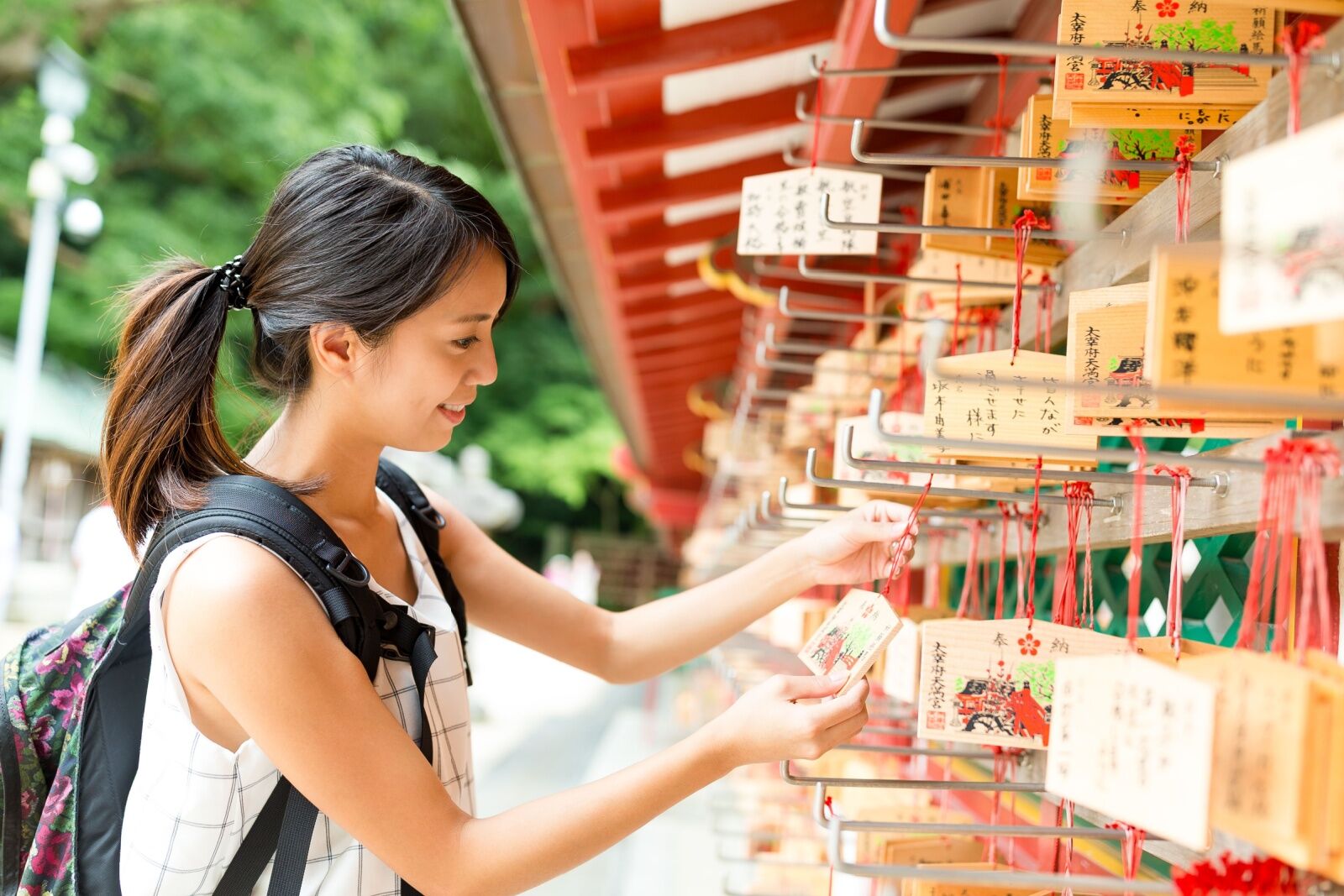Japan is one of the oldest countries in the world, or possibly the oldest, depending on how you define “country.” It was founded in 660 BCE, which at least makes it the oldest continuous monarchy in the world. And tourism likely started just a few centuries later, when Buddhist pilgrims from neighboring countries like Korea and China traveled to visit temples and learn from Japanese monks. So the country has had plenty of time to build up its tourism economy.


This Country Set a New Tourism Record in 2024. Here's How to Avoid Crowds if You Go.
And now, it’s thriving. Japan just set a new record for international tourism, welcoming more than 33 million visitors so far in 2024, surpassing the previous peak of 31.9 million in 2019. That number doesn’t yet include data from December 2024, which means the final number will likely be several million higher. It’s a far cry from the country’s tourism during the COVID-19 pandemic, when it saw just 4.1 million visitors (in 2020).

Tourism in Japan has been growing steadily since the COVID-19 pandemic. Photo: leungchopan/Shutterstcok
The rebound is likely a result of favorite exchange rates and intentional government efforts to welcome international tourists, as well as Japan’s ever-enduring appeal. The country is recognized as being a global tastemaker and driver of modern culture, but still embraces and preserves its historic traditions.
One significant factor in the 2024 tourism boom is the weak yen, making Japan a more affordable destination for many travelers. As of November 2024, 1 USD is worth about 156 yen. In 2016, 1 USD was only worth about 100 yen, meaning that everything from accommodations to food, travel, and experiences within the country have become more affordable for international visitors, especially from the US and Europe. That allows more more budget-conscious visitors to visit, and also makes luxury experiences like high-end ryokan stays and gourmet urban dining more affordable.
Over the last decade, the government has focused on efforts to promote the country as a tourism destination. A “Visit Japan” campaign in the early 2000s kicked off the tourism push, and was followed by infrastructure and procedural shifts to boost tourism. That included easing visa requirements for several nationalities, introducing multilingual signage, and investing in improved travel infrastructure to comfortably accommodate a growing number of tourists. There are now more than 70 flights per day from the US to Japan, and some airlines have already announced additional routes in 2025.
But overtourism in Japan is real

Photo: Richard Whitcombe/Shutterstock
Perhaps because of those successes, multiple locations throughout the country are struggling with the effects of too many visitors. A recent survey showed more than 30 percent of foreign tourists experienced overtourism in Japan while visiting, and Mount Fuji had to institute a permit system to control the number of visitors on the most popular hiking trails. One town even built a wall to block a popular view of Mount Fuji that was attracting so many tourists, it caused congestion in the streets.
The most popular destinations in Japan are perennial favorites, such as Tokyo, Kyoto, Mount Fuji, Osaka, Nara, and Hiroshima. Fortunately, Japan is so culturally and geographical rich that you can find similar alternatives without the crowds, if you know where to go. Of course, it’s not exactly the same, as every town and city has its own culture and distinct feel. But the destinations below can be good alternatives, especially if you’ve already visited the country once or twice.
Go to Takayama, instead of Nara

Photo: SouthernCrx/Shutterstock
Nara’s historical sites are often crowded, especially given its proximity to Kyoto (it’s about 30 minutes away by train). But Nara is struggling with the impacts of too many people — it’s even impacting the town’s famously friendly deer. Instead, go to Takayama. It has a meticulously preserved old town with traditional wooden buildings, and offers similar historical charms in a more relaxed setting.
Go to Fukuoka, instead of Osaka

Photo: Blanscape/Shutterstock
Osaka is famed for its street food, but it can be overwhelming, especially around popular sites like Osaka Castle. If you’re a foodie traveler, you may find a similar experience in Fukuoka, known for its yatai (street food stalls) and local specialties like tonkotsu ramen. It has an equally vibrant food scene, but generally seems more laid back. If you’re a skier after a food-focused experience, you’ll find that Hokkaido has an ideal blend of epic winter adventure and tons of food- and drink-focused history.
Go to Nikko, instead of Mount Fuji

Photo: Leonid Andronov/Shutterstock
Mount Fuji’s trails are crowded, especially during climbing season — and that’s just the trails. The towns in the area are extremely busy in spring through fall, so if you’re keen to avoid people, go in the middle of winter. Alternatively, a good warm-weather destination in lieu of Mount Fuji is Nikko, about 90 minutes north of Tokyo on the Shinkansen train. Nikko is known for gorgeous landscapes, waterfalls, hiking trails, and tranquil cultural sites like Toshogu Shrine.
Go to Atami, instead of Okinawa

Photo: Sean Pavone/Shutterstock
Instead of heading to Okinawa, Japan’s southernmost prefecture, head to Atami. Beaches around Okinawa like Kouri Beach and Araha Beach get extremely crowded in the peak of the summer. But Atami, a coastal town south of Tokyo, offers hot springs, early-blooming plum trees, and beaches lined up along the western end of Sagami Bay (as well a host of gorgous beachside resorts). It’s also one of the best scuba diving destinations in Japan.